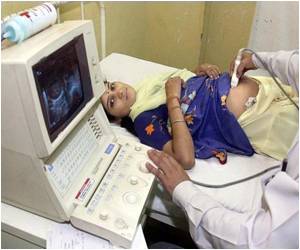
The study appears in the May 16, 2012 online edition of PLoS ONE.
Nearly 300,000 maternal deaths, 3.1 million newborn deaths, and 1.2 million intrapartum-related stillbirths take place in low-income countries each year; the vast majority are preventable. From 2008 to 2010, HSPH and WHO developed the WHO Safe Childbirth Checklist program to address the major causes of maternal and neonatal mortality. As part of its development, the checklist was field tested for usability in 10 countries, mostly in Africa and south Asia.
The researchers conducted the study at a hospital in Karnataka, India. As part of the checklist-based program, local staff reviewed deficiencies in their current practices and undertook training on using the WHO Safe Childbirth Checklist. Items on the 29-item checklist address the major causes of maternal deaths (e.g. hemorrhage, infection, obstructed labor, and hypertensive disease), intrapartum-related stillbirths, and neonatal deaths (e.g. complications of premature birth, infection, and birth asphyxia).
Researchers observed the childbirth practices of health care workers during 499 birth events—the period from admission to discharge—prior to introducing the checklist to establish a baseline, and then compared the results with 795 birth events after implementing the checklist.
The results reveal that the number of essential practices performed by the hospital workers increased from an average of 10 of 29 at baseline to 25 of 29 after implementing the checklist. "The checklist program actively prompted health care workers to remember to complete proven practices such as handwashing, infection management, postpartum bleeding assessment, and breastfeeding within an hour after birth," said Dr. Bhala Kodkany, professor of obstetrics and gynecology and director of JNMC Women's and Children's Health Research Unit in Karnataka, India, and a co-investigator.
Advertisement
"The results of this study are the first evidence to suggest that the success we've seen with checklists in other health disciplines, for example in surgery, might also be applied to prevent avoidable childbirth-related deaths in low-income countries," said Itziar Larizgoitia, coordinator in the Patient Safety Programme for the World Health Organization.
Advertisement
Source-Eurekalert














